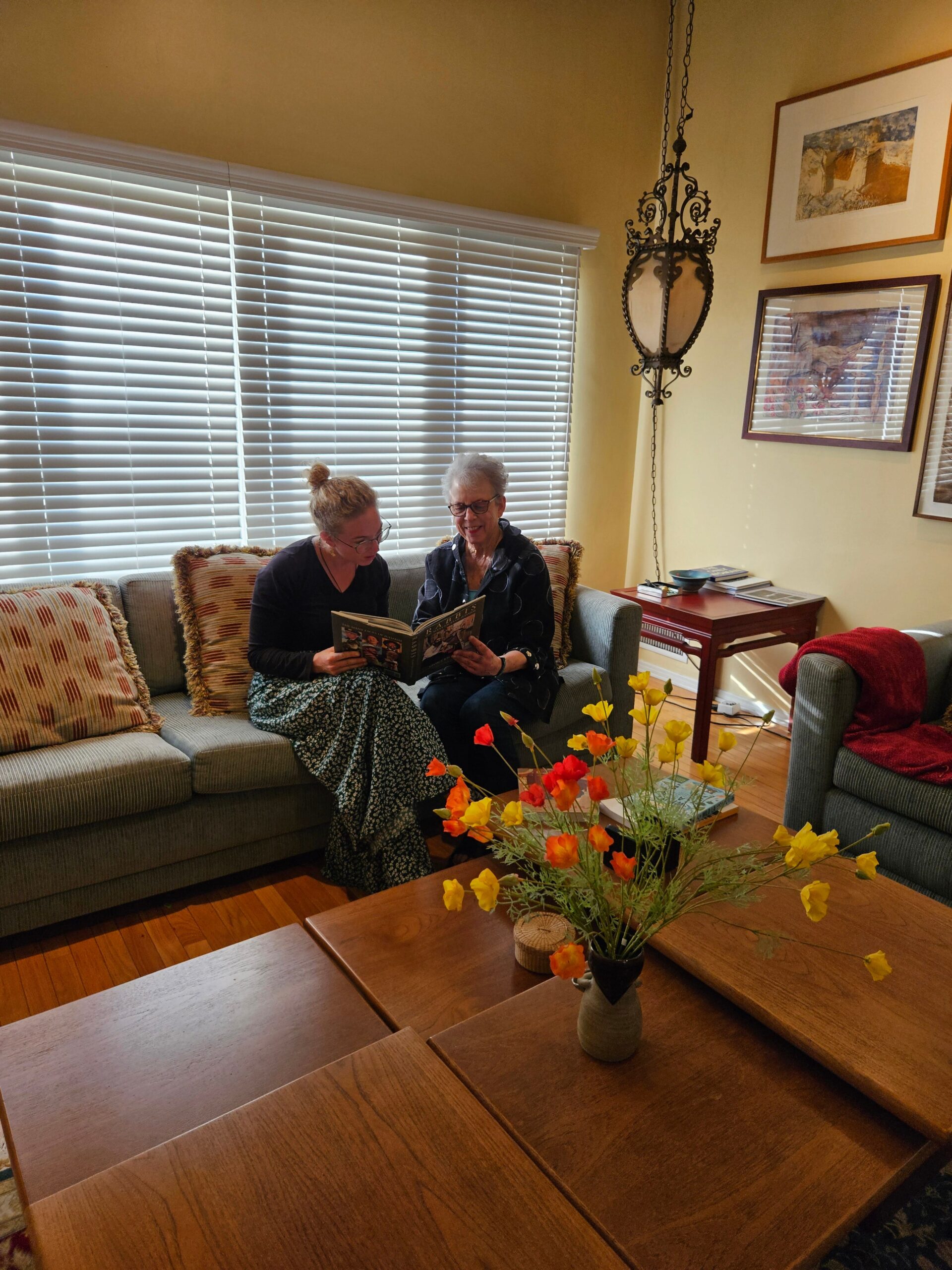
Multigenerational Living: A Growing Trend in America
Multigenerational living, once a common practice in American society, has seen a resurgence in recent years. This trend, driven by a variety of factors, offers both challenges and opportunities for families.
Economic Drivers and Housing Affordability
According to research from The Wharton School of the University of Pennsylvania, the primary driver behind the increase in young adults living with their parents is the rising cost of housing. Nearly half of adults aged 18 to 29 now reside with their parents, up from about 25% in 1960. This surge is particularly noticeable among those coming back to live with parents after college or other life circumstances, a phenomenon known as "boomerang children."
"It’s a response to the challenging economics of the housing markets today," said Susan Wachter, a professor of real estate at Wharton. "There are more boomerang children 25 and older than ever before coming back to live with parents, and also never leaving."
Changing Demographics and Cultural Norms
An increasingly diverse U.S. population has also contributed to the multigenerational living trend. Asian, Hispanic, and Black populations are more likely to live with extended family, especially if they are immigrants. As these populations grow, so too does the prevalence of multigenerational living.
Moreover, cultural norms around independence and self-reliance have shifted. In the past, young adults were expected to leave home and establish their own households as soon as possible. Today, many young people are delaying these milestones due to factors such as financial constraints, student loan debt, and the desire to maintain close family ties.
Caregiving and Financial Support
Multigenerational living can also address the need for caregiving and financial assistance. As the population ages, more older adults require support with daily tasks and medical care. By living with younger family members, they can receive the help they need while maintaining their independence and avoiding costly institutional care.
Similarly, young adults struggling with finances may benefit from the financial support of older family members. This support can take the form of reduced rent, utilities, or assistance with other expenses.
Benefits of Multigenerational Living
While challenges certainly exist, multigenerational living can offer numerous benefits for families. These include:
- Emotional support and companionship: Living together can provide a sense of security and belonging for all family members. It also allows for frequent interaction and opportunities for shared activities.
- Shared responsibilities and household tasks: With multiple adults in the household, responsibilities can be shared fairly, reducing the burden on any one individual. This can be particularly beneficial for families with young children or elderly members.
- Financial savings: Living together can save money on housing, utilities, and other household expenses. These savings can be used for other priorities, such as education, healthcare, or retirement.
- Opportunities for intergenerational learning: Multigenerational living fosters opportunities for learning and knowledge exchange between different age groups. Younger adults can learn from the wisdom and experiences of older family members, while older adults can stay connected to current events and trends.
Challenges of Multigenerational Living
Despite its benefits, multigenerational living can also present some challenges:
- Lack of privacy: Living in close quarters can make it difficult for individuals to have their own space and privacy. This can be particularly challenging for young adults who may be accustomed to independence.
- Differing lifestyles and values: Different generations may have different lifestyles, values, and expectations. This can lead to conflicts and misunderstandings if not addressed openly and respectfully.
- Stress and tension: Living together can sometimes lead to stress and tension, especially if family members have different responsibilities or expectations. Effective communication and conflict resolution skills are crucial for maintaining harmony in a multigenerational household.
Home Design and Adaptations
The physical design of a home can play a significant role in the success of multigenerational living. Many families opt for renovations or additions to create separate spaces for each family unit, ensuring privacy and comfort. Accessory dwelling units (ADUs), also known as "granny flats," are increasingly popular as they provide additional living space on the same property.
Kevin Kennedy, a Philadelphia-based home contractor, has seen a surge in demand for ADUs in recent years. "From 1999 to 2018, we were doing one every couple of years. Now, it’s probably 65% to 75% of my business," he said.
The Benefits of Intergenerational Connections
Marc Freedman, co-CEO of CoGenerate, an organization focused on bridging generational divides, emphasizes the importance of multigenerational living in combating loneliness and social isolation. "I think we discovered that the unsupported nuclear family is oftentimes a very stressful way of living," said Freedman.
He advocates for creating opportunities for connections across generations, both within families and through community initiatives. "When we live together, when we learn together, when we play together, we begin to understand one another," said Freedman.
###Conclusion
Multigenerational living is a growing trend in America, fueled by economic constraints, changing demographics, and a desire for community and support. While it can present challenges, it also offers numerous potential benefits for families. With careful planning and open communication, families can reap the rewards of this evolving living arrangement. The benefits of intergenerational connections extend beyond individual families, helping to foster a more cohesive and supportive society as a whole.
